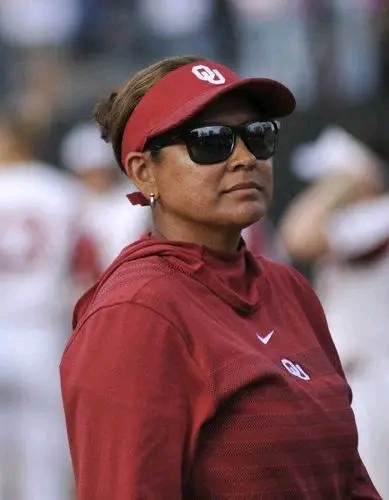
Johnny Manziel, one of the most electrifying and controversial figures in recent college football history, has officially earned his place among the sport’s all-time greats. Often polarizing but never ignored, the former Texas A&M quarterback’s career is now being celebrated with renewed respect and reverence, solidifying his status as a true legend in the pantheon of college football royalty.
Manziel’s rise to fame was meteoric. As a redshirt freshman in 2012, he captured the attention of the nation with a dazzling combination of agility, improvisation, and swagger. His historic season culminated in him becoming the first freshman ever to win the prestigious Heisman Trophy. That moment not only etched his name in the record books but also ushered in a new era of quarterback play in college football—one that valued creativity, mobility, and explosive athleticism just as much as traditional pocket passing.
What made Manziel’s impact so profound wasn’t just the numbers he posted—though they were impressive. He threw for over 3,700 yards and rushed for more than 1,400 yards in his Heisman season, accounting for 47 total touchdowns. More than that, he brought a level of electricity to the field that was impossible to contain or predict. His performance against then-No. 1 Alabama in Tuscaloosa, leading the Aggies to a 29-24 upset victory, has become the stuff of legend and remains one of the defining moments of the modern college football era.
Manziel’s flair extended beyond the field. He was a cultural phenomenon, earning nicknames like “Johnny Football” and becoming a household name in an age when social media was just beginning to amplify athletes’ personas in unprecedented ways. His off-field behavior, often scrutinized by the media, only seemed to enhance his mystique among fans and young athletes who saw in him a new kind of sports superstar—unapologetically talented and uniquely entertaining.
Now, more than a decade after his iconic season, the football community is beginning to reflect on his legacy with a deeper appreciation. Critics who once dismissed his achievements as fleeting now acknowledge the transformative effect he had on the game. Coaches, analysts, and former players alike have cited Manziel as a blueprint for the modern dual-threat quarterback, a forerunner to players like Baker Mayfield, Kyler Murray, and Caleb Williams.
Beyond statistics and highlight reels, Manziel’s influence also opened doors for discussions around athlete freedom, branding, and compensation—especially in the NIL (Name, Image, and Likeness) era. His marketability and visibility foreshadowed a reality where players could leverage their college stardom into financial opportunities, a concept that is now fully entrenched in the sport.
Texas A&M has embraced his legacy, with fans and the university recognizing Manziel’s place in its storied history. His jersey remains one of the most popular among Aggie faithful, and his name continues to inspire the next generation of athletes dreaming of similar greatness.
Though his professional career never reached the heights of his college days, Johnny Manziel’s place in the lore of college football is secure. His story serves as a reminder that greatness isn’t always defined by longevity or flawless execution—it’s about impact, about the unforgettable moments that reshape how the game is played and perceived.
As college football continues to evolve, the imprint of Johnny Football remains undeniable. His unique style, fearlessness, and ability to capture imaginations have elevated him to elite status among the game’s royalty. Years after his last collegiate snap, Johnny Manziel continues to be a benchmark for brilliance—a player whose legend only grows with time.




